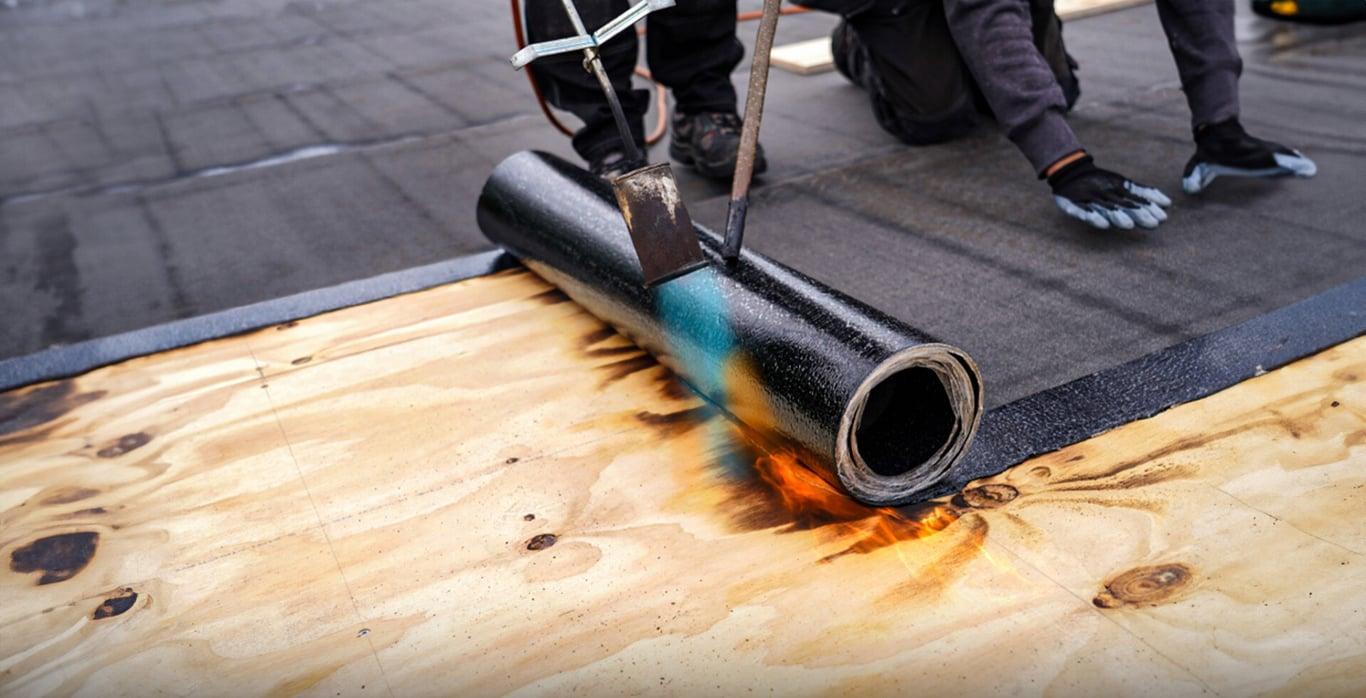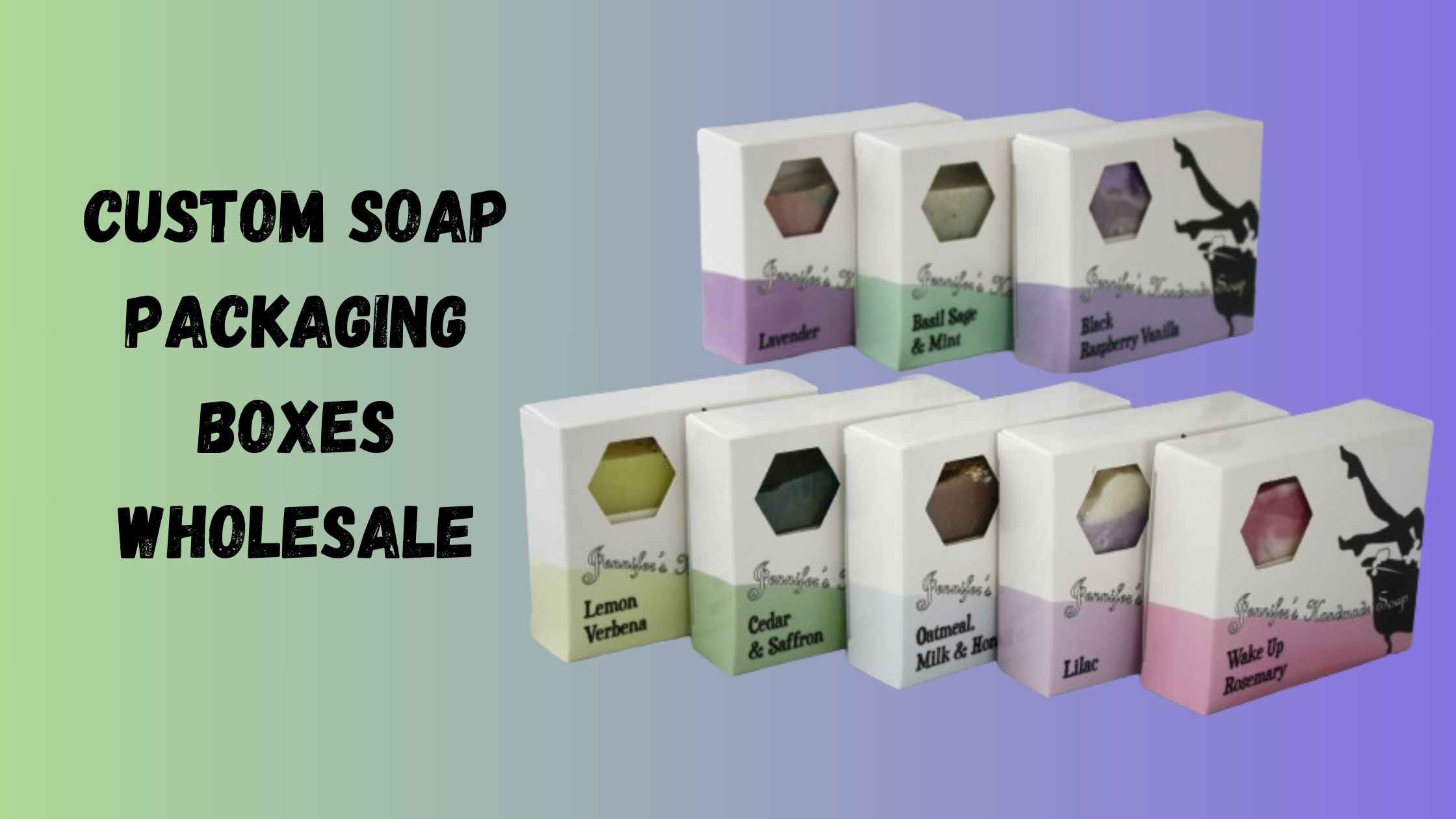Sublimation printing has become an increasingly popular method for producing high-quality, durable prints on a variety of surfaces. This technique is particularly favored in the production of custom apparel, promotional items, and personalized gifts. Unlike traditional printing methods, sublimation printing involves a chemical process that converts solid dye into gas without passing through a liquid state, allowing the dye to bond directly with the fibers of the material. The result is a vibrant, long-lasting print that won’t fade, crack, or peel over time. However, to achieve the best results with sublimation printing, it is crucial to have the right materials and equipment. As we are Dallas Sublimation printing company so if you search for custom sublimation shirts near me then you will find us on top. This article outlines the essential materials needed for successful sublimation printing.
Sublimation Printer
The first and most important piece of equipment for sublimation printing is a sublimation printer. Unlike regular inkjet printers, sublimation printers use special sublimation inks that can transform from solid to gas during the printing process. These printers are specifically designed to handle sublimation inks and provide the high resolution needed for detailed, colorful prints.
- Types of Sublimation Printers:
- Desktop Sublimation Printers: These are ideal for small-scale or home-based businesses. They are compact, affordable, and easy to use, making them a popular choice for beginners.
- Large-Format Sublimation Printers: For businesses that require large-scale production, such as printing on large fabrics or creating bulk promotional items, large-format sublimation printers are essential. These printers can handle larger print jobs and offer more advanced features.
- Sublimation Ink
Sublimation ink is another critical component in the sublimation printing process. This ink is made from a special dye that can convert from a solid to a gas when heated. When the ink is heated to a high temperature, it bonds with the polyester fibers of the material, creating a permanent, full-color image.
- Quality of Sublimation Ink: It is important to use high-quality sublimation inks to achieve the best results. Inferior inks can lead to dull colors, poor image quality, and prints that fade over time. Many manufacturers offer inks that are specifically formulated for use with their printers, which ensures compatibility and optimal performance.
- Sublimation Paper
Sublimation paper, also known as transfer paper, is a special type of paper that is coated to hold the sublimation ink before it is transferred to the substrate. The paper’s coating allows the ink to stay on the surface without being absorbed, which is crucial for a successful transfer process.
- Choosing the Right Sublimation Paper: The quality of the sublimation paper can significantly impact the final print. High-quality sublimation paper ensures that the ink releases smoothly during the transfer process, resulting in a vibrant and accurate image. There are various types of sublimation paper available, each suited for different substrates, so it’s essential to choose the right paper for the material you are printing on.
- Heat Press Machine
A heat press machine is required to transfer the sublimation ink from the paper to the substrate. The heat press applies both heat and pressure, causing the sublimation ink to turn into gas and bond with the polyester fibers of the material. The result is a vivid, durable print that is resistant to fading and wear.
- Types of Heat Press Machines:
- Flatbed Heat Press: This is the most common type of heat press used in sublimation printing. It is ideal for flat items like t-shirts, mouse pads, and photo panels.
- Mug Press: For printing on curved surfaces like mugs, a mug press is essential. It is designed to apply even pressure and heat around the curved surface.
- Cap Press: If you are printing on hats or caps, a cap press machine is necessary. It allows for precise pressure and heat application on curved surfaces.
- Substrates
Substrates are the materials onto which the sublimation design will be transferred. For sublimation printing to work, the substrate must have a polyester coating or be made of polyester fabric. This is because the sublimation ink bonds with the polyester molecules during the heat press process.
- Common Sublimation Substrates:
- Polyester Fabric: This is the most popular substrate for sublimation printing, used in apparel, home textiles, and other fabric products. The higher the polyester content, the better the print quality.
- Polyester-Coated Items: Non-fabric items like mugs, phone cases, keychains, and photo panels must have a polyester coating for sublimation printing. These coatings allow the ink to bond with the surface during the transfer process.
- Heat-Resistant Tape
Heat-resistant tape is an often-overlooked but essential tool in the sublimation process. This tape is used to secure the sublimation paper to the substrate before placing it in the heat press. It ensures that the paper stays in place during the transfer process, preventing any movement that could cause smudging or misalignment.
- Choosing the Right Heat-Resistant Tape: It is important to use a tape that can withstand the high temperatures of the heat press without melting or leaving residue on the substrate. Most sublimation suppliers offer heat-resistant tape specifically designed for this purpose.
- Protective Sheets
Protective sheets, such as Teflon or parchment paper, are placed over the sublimation paper during the heat transfer process. These sheets protect the heat press and the substrate from any excess ink or scorching.
- Types of Protective Sheets:
- Teflon Sheets: These are reusable, non-stick sheets that protect both the substrate and the heat press from ink residue.
- Parchment Paper: An affordable alternative, parchment paper is also used to protect the substrate and heat press. However, it is typically disposable and must be replaced after each use.
- Design Software
Lastly, design software is needed to create and edit the images or graphics you plan to print. Programs like Adobe Photoshop, Illustrator, or CorelDRAW are commonly used in sublimation printing. These programs allow you to design intricate patterns, adjust colors, and ensure that your artwork is print-ready.
- Choosing Design Software: While professional design software offers the most flexibility and features, there are also user-friendly options available for beginners. Some sublimation printers come with their own design software that is tailored to the printer’s specifications.
Conclusion
Sublimation printing is a versatile and effective method for producing high-quality, durable prints on various materials. However, achieving the best results requires the right combination of materials and equipment, including a sublimation printer, sublimation ink, sublimation paper, a heat press machine, suitable substrates, heat-resistant tape, protective sheets, and design software. By investing in high-quality materials and understanding the sublimation process, you can produce vibrant, long-lasting prints that stand out in any application. Whether you’re printing custom apparel, promotional products, or personalized gifts, sublimation printing offers a reliable and efficient solution for creating stunning, full-color designs.




